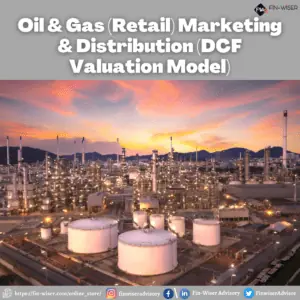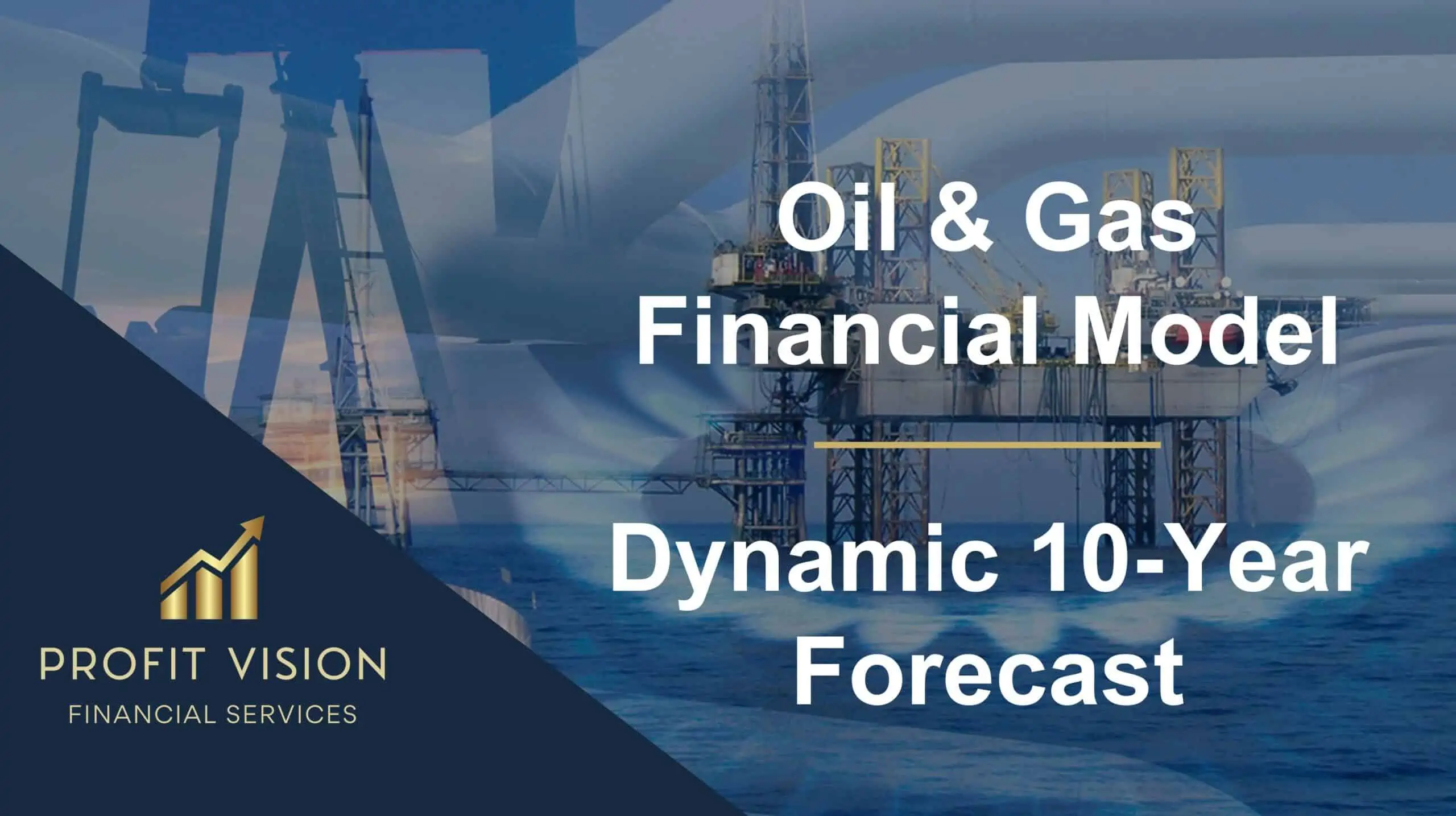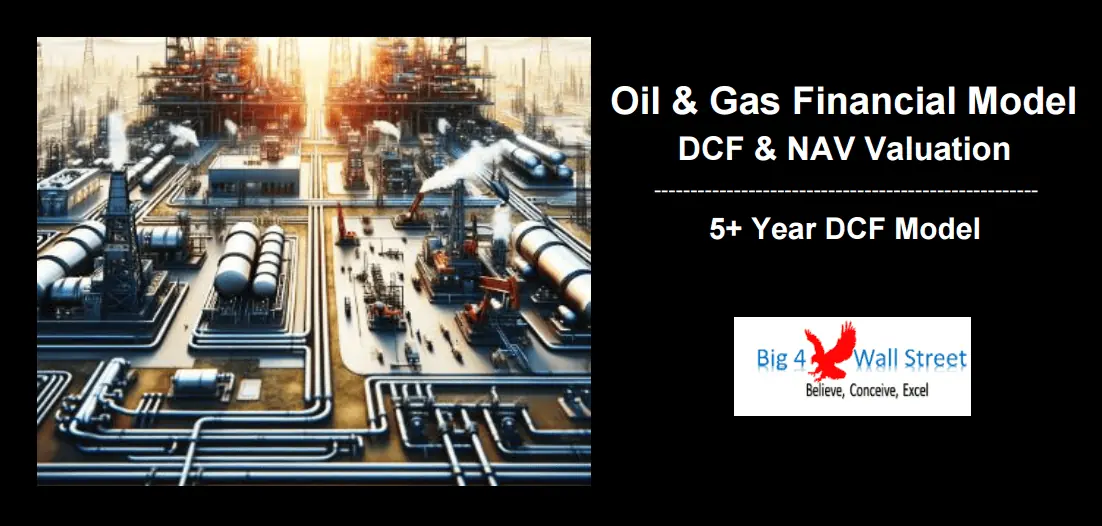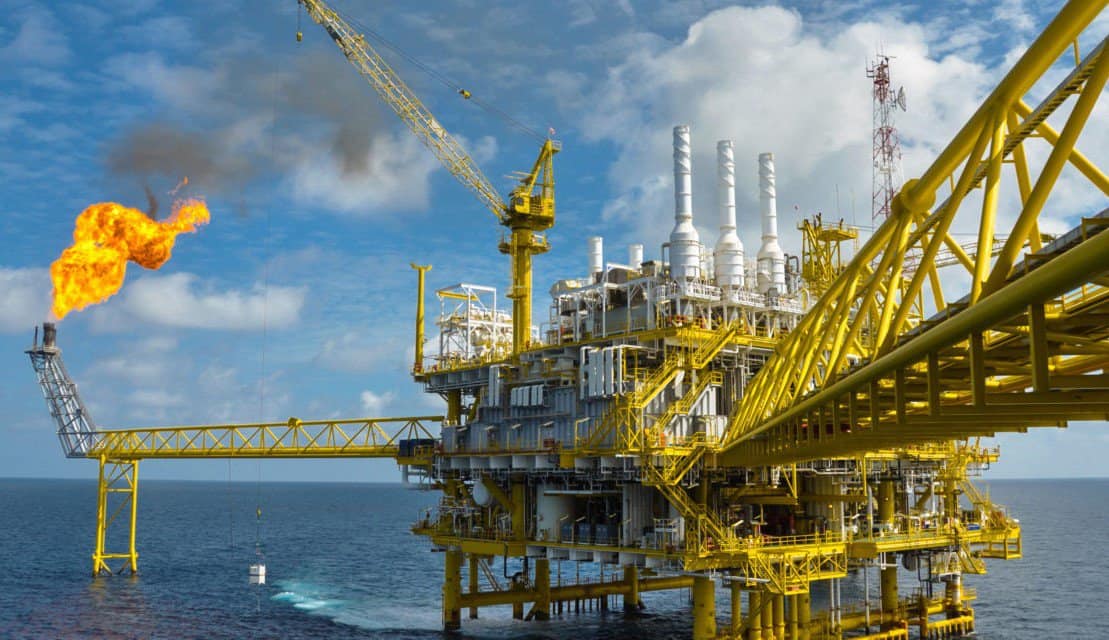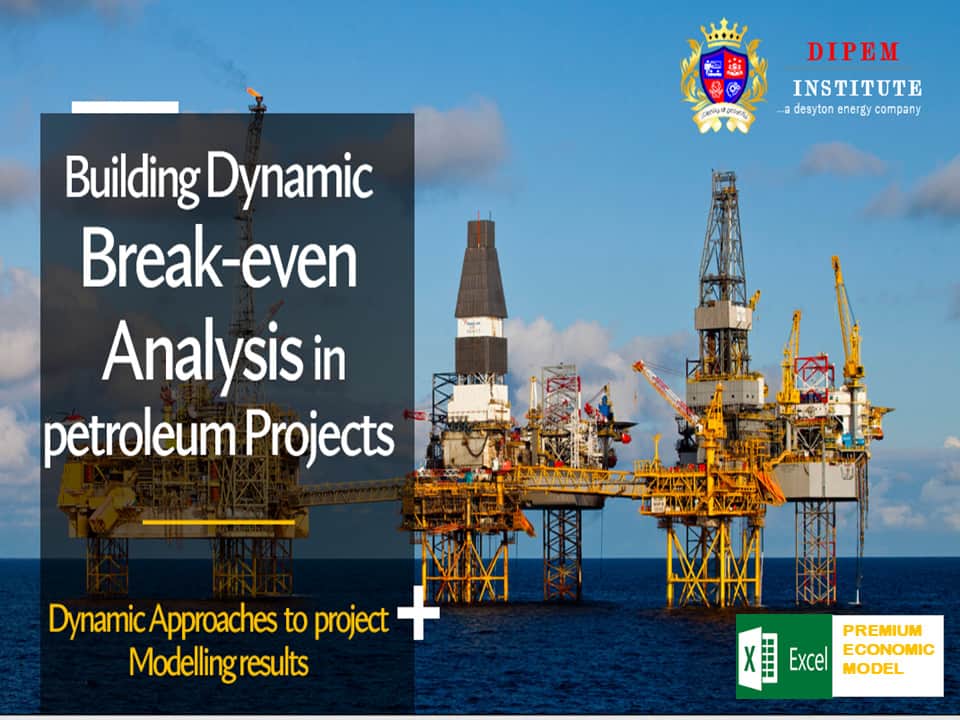Economic Model for Oil and Gas Extraction Feasibility
This model runs for 20 years and makes it easy to create a financial plan and feasibility study for the business of oil / gas well deployment.

Video Overview:
Configure up to 46 wells deployment cohorts for up to 20 years, with granular assumptions for each. The logic was designed for the extraction of anything that can be sold in unit quantities. I modeled for the oil and gas industry specifically, but there is a lot of flexibility in what might also fit the logic.
You will be able to plan out when the exploration drilling starts, the success rate, production length, how much it costs for initial deployment and ongoing extraction, as well as the flow rate decline percentage, price per unit, price change per year, and more. All the data comes together in a monthly and annual cash flow projection.
To make all these assumptions dynamic, I did have to employ the use of a matrix tab where everything can be referenced properly. The user can easily see the economics of a single cohort of well drilling or many. Plan out pricing changes of whatever you are extracting over time, and you may be testing environments of falling prices, stagnant prices, or rising prices to see the feasibility when various variables change.
I attached a general cash flow waterfall to the resulting monthly cash flow, so which means an option to define IRR hurdles for a GP/LP joint venture setup. The waterfall is completely flexible, and if you want to set a fixed percentage of profit share and equity contribution, that is possible. If it is not a joint venture and rather an operator coming up with the entire investment requirement, simply 0 out the investor contribution and carry interest.
I put a large fixed cost schedule, so there shouldn’t be any worry about fitting general and administrative, research and development, and other fixed running costs.
This oil and gas extraction business requires large initial investments, and from what I was researching, it is really hard to get any kind of bank loan. That means the emphasis is on unleveraged cash returns, and for that, the following metrics were included: IRR, Equity Multiple, and a DCF Analysis. The waterfall is summarized in an annual view as well. There are plenty of visualizations that make it easy to view the results of your drilling deployment and extraction assumptions.
Here are some of the most profitable and largest oil fields in the world:
– Ghawar Field in Saudi Arabia: Considered the largest conventional oil field in the world, Ghawar has been in production since 1951 and has produced more than 70 billion barrels of oil.
– Prudhoe Bay Field in Alaska: This field was the largest oil field in the United States and one of the largest in the world when it was discovered in 1968. It has produced more than 13 billion barrels of oil.
– Burgan Field in Kuwait: This field is the second largest in the world and has produced more than 70 billion barrels of oil.
– East Texas Oil Field in the United States: This field was one of the most productive in the world in the early 20th century and has produced over 7 billion barrels of oil.
– Orinoco Belt in Venezuela: This field is considered one of the largest heavy oil reserves in the world and has estimated reserves of around 300 billion barrels.
Similar Products
Other customers were also interested in...
Upstream Oil & Gas Project Analysis
The Upstream Oil & Gas Project Financial Model Template in Excel empowers you to project and dissect... Read more
Oil & Gas Marketing and Distribution DCF Valu...
A detailed and user friend financial model that captures 5 years of Historical + 1 Year of Budget + ... Read more
Oil & Gas Financial Model – Dynamic 10 Y...
Financial Model providing forecast and valuation analysis of an upstream Oil & Gas Project. T... Read more
Private Equity Oil and Gas Financial Model
The Private Equity Oil and Gas Financial Model evaluates the financial feasibility and investor retu... Read more
Oil & Gas Financial Model – DCF and NAV Valu...
The Oil and Gas financial model with DCF (Discounted Cash Flow) and NAV (Net Asset Value) Valuation ... Read more
Oil and Gas Project Finance Model
Oil and Gas Project Finance Modeling Template. This is a project finance model for an oil and gas up... Read more
Break Even Analysis in Petroleum Project Models
The main purpose of the model is to enable users to get a robust understanding of the business sen... Read more
Upstream Petroleum Operations Development Model
The main purpose of the model is to enable users to get a robust understanding of the upstream pet... Read more
Expert Sensitivity Analysis for Upstream Petroleum...
The main purpose of the model is to enable users to get a robust understanding of the business sensi... Read more
Industry Based Financial Models (Variety Bundle)
There are currently 52 unique financial models included in this bundle. Nearly all of that include a... Read more
You must log in to submit a review.














